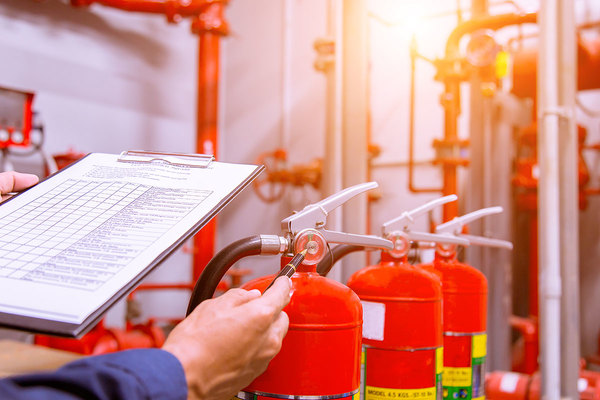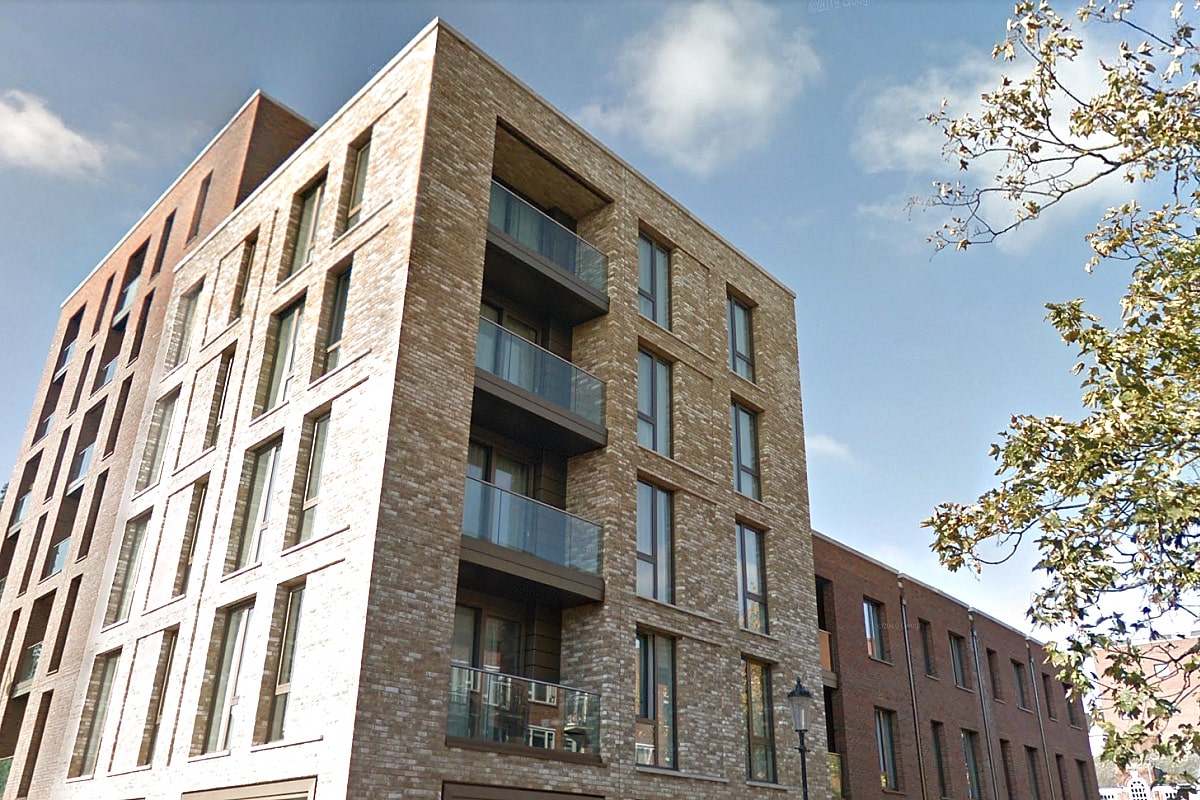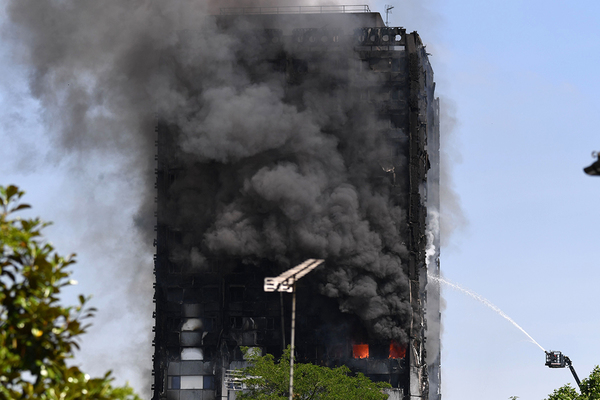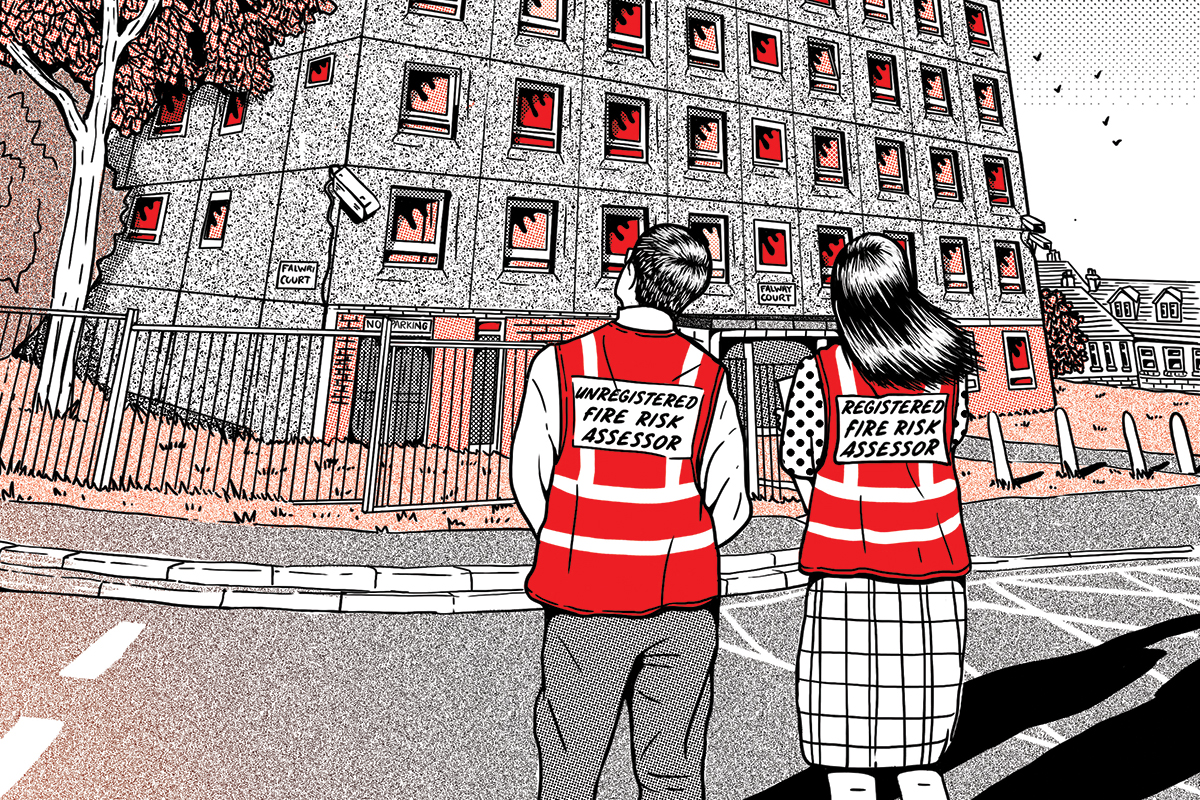You are viewing 1 of your 1 free articles
Construction industry calls for improved post-Grenfell competence standards
The construction industry has called for competence standards to be improved in relation to high-risk buildings, in a report published as part of its post-Grenfell response.
The report, entitled Raising The Bar, was published by the industry-led Competence Steering Group, which was set up to find a way to implement the recommendations of Dame Judith Hackitt’s review of building regulations.
The group has made 67 recommendations, which it thinks should be adopted by designers, engineers, building standards officers, site supervisors, fire safety enforcement officers and fire risk officials who work on high-risk buildings.
It included a recommendation that government should make accreditation mandatory for people working on high-rise buildings “wherever appropriate”.
Specifically, it believed that all fire risk assessors should be accredited by third parties. An investigation by Inside Housing in January found that nearly 50 councils had used fire risk assessors who were not accredited.
It also proposed specific competence standards for building safety managers, whom it is likely housing associations will have to employ after the government passes legislation to implement Dame Judith’s recommendations.
The standards include understanding the basic factors of a building that can affect life safety, the legal framework surrounding health and safety, governance principles, how to deal with risks, how to engage with stakeholders, and performance management.
In its report, the steering group also called for the establishment of a new oversight body, the ‘building safety competence committee’, to monitor assessment processes and draw up a central register of people who can work on high-risk buildings.
This was already proposed by the Ministry of Housing, Communities and Local Government in its response to the Hackitt Review.
The Competence Steering Group said that organisations involved in high-rise buildings should be continually reassessed for competence levels, around every five years.
However, it stopped short of proposing that the competence standards it set out should be made mandatory.
This was an interim report, which will now be subject to consultation until 18 October, after which a final report will be issued.
Graham Watts, chief executive of the Construction Industry Council and chair of the Competence Steering Group, said: “It is clear that industry organisations have accepted the need to change. The working groups are proposing to raise the bar through a more rigorous approach, including training, assessment, reassessment and third-party accreditation.
“Combined with a new oversight layer, we think adopting our measures will result in a paradigm change to improve competence and industry culture.”
Model job description for a building safety co-ordinator
As part of the standards, the group published a model job description for a building safety co-ordinator. Housing associations will probably have to hire these once the government implements Dame Judith’s recommendations.
In this model description, the co-ordinator’s general duties were:
- To be responsible for day-to-day management of the building
- To be the point of contact for the residents
- To comply with regulatory requirements
- To promote building safety
They will have to submit a number of strategies, on resident engagement, risk assessments and other areas, when taking over the building.
Managing the building will mean:
- Oversight of all work done to the building and all those doing the work to ensure safety and competence standards are met
- Monitoring of life safety devices in the building such as smoke extractors
- Maintaining the building safety case for the building
- Ensuring various safety assessments are carried out regularly
- Engaging with residents on how they can help keep the building safe
The job description also goes into detail on the necessary attributes needed to fulfil these duties.











